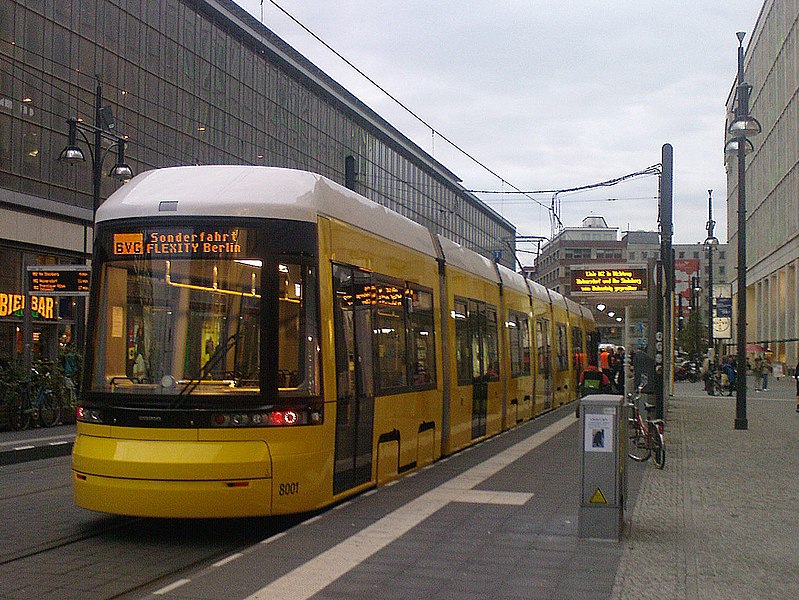HenryAlan
Senior Member
- Joined
- Dec 15, 2009
- Messages
- 3,678
- Reaction score
- 3,213
If Boston and the MBTA wanted to be really bold, we'd see some viaducts like they have in Berlin, completely incorporated into the built environment. Imagine a train running along roof tops of a neighborhood business district. Using the B-line example, imagine it running above all those converted car show rooms for a stretch. And after Packard's corner, it could run on a structure that could have infill structures built underneath it. Comm. Ave is wide enough that it could handle a narrow strip of buildings between the out and inbound sides.








